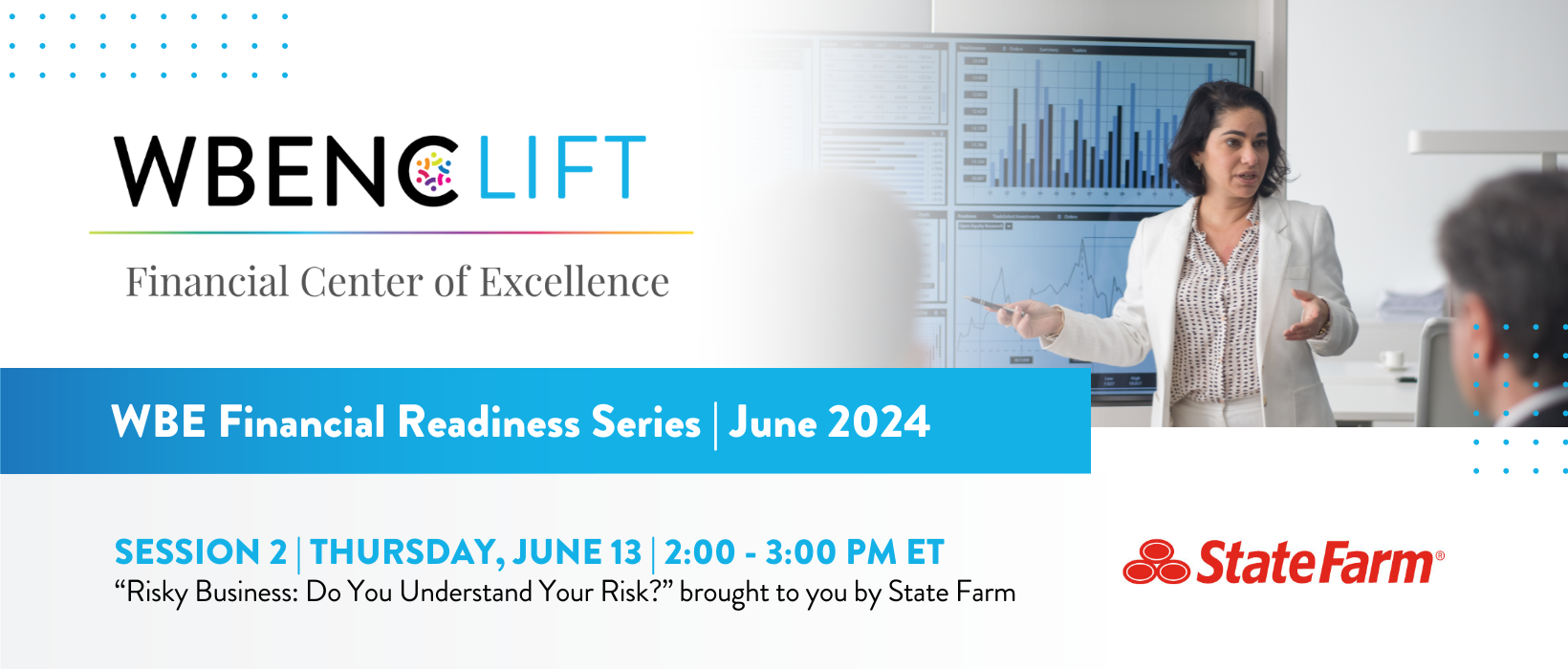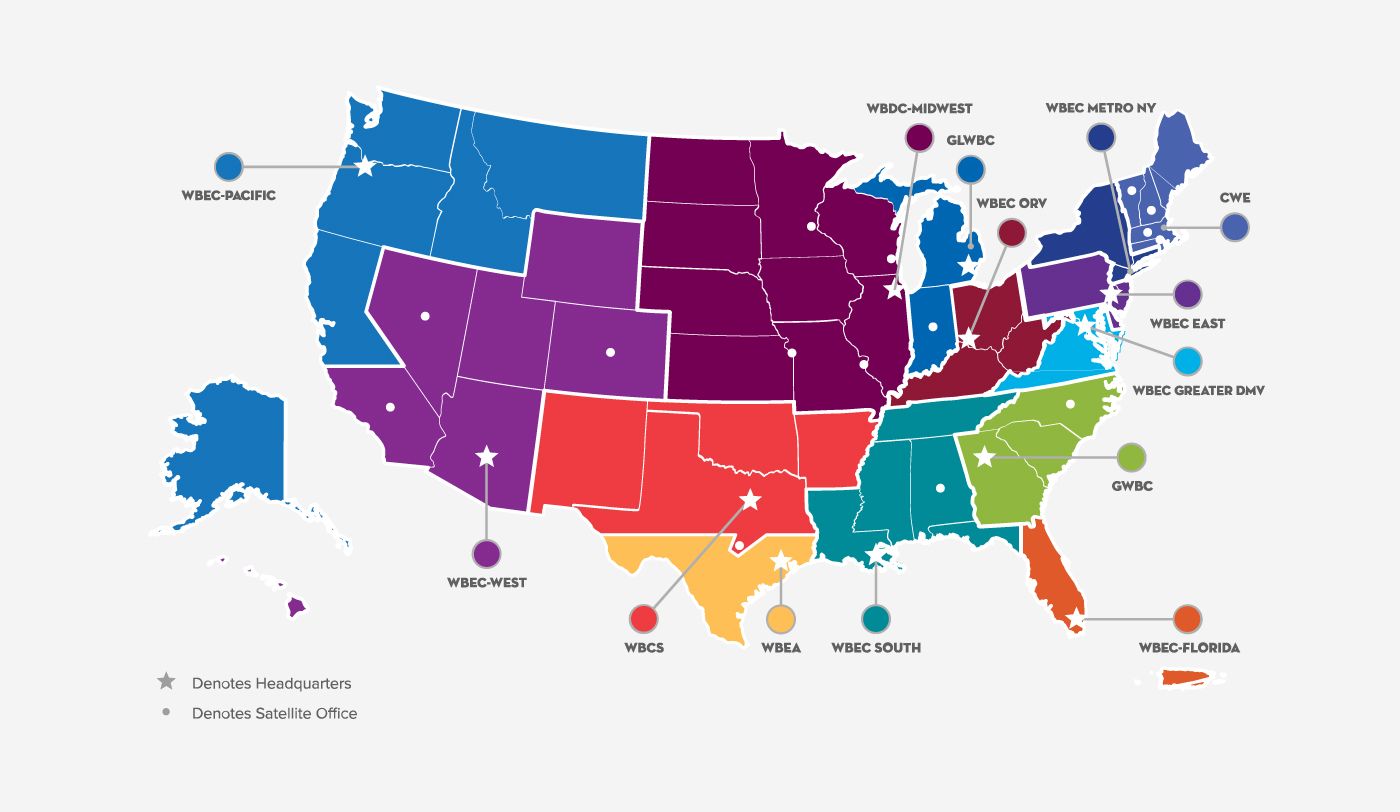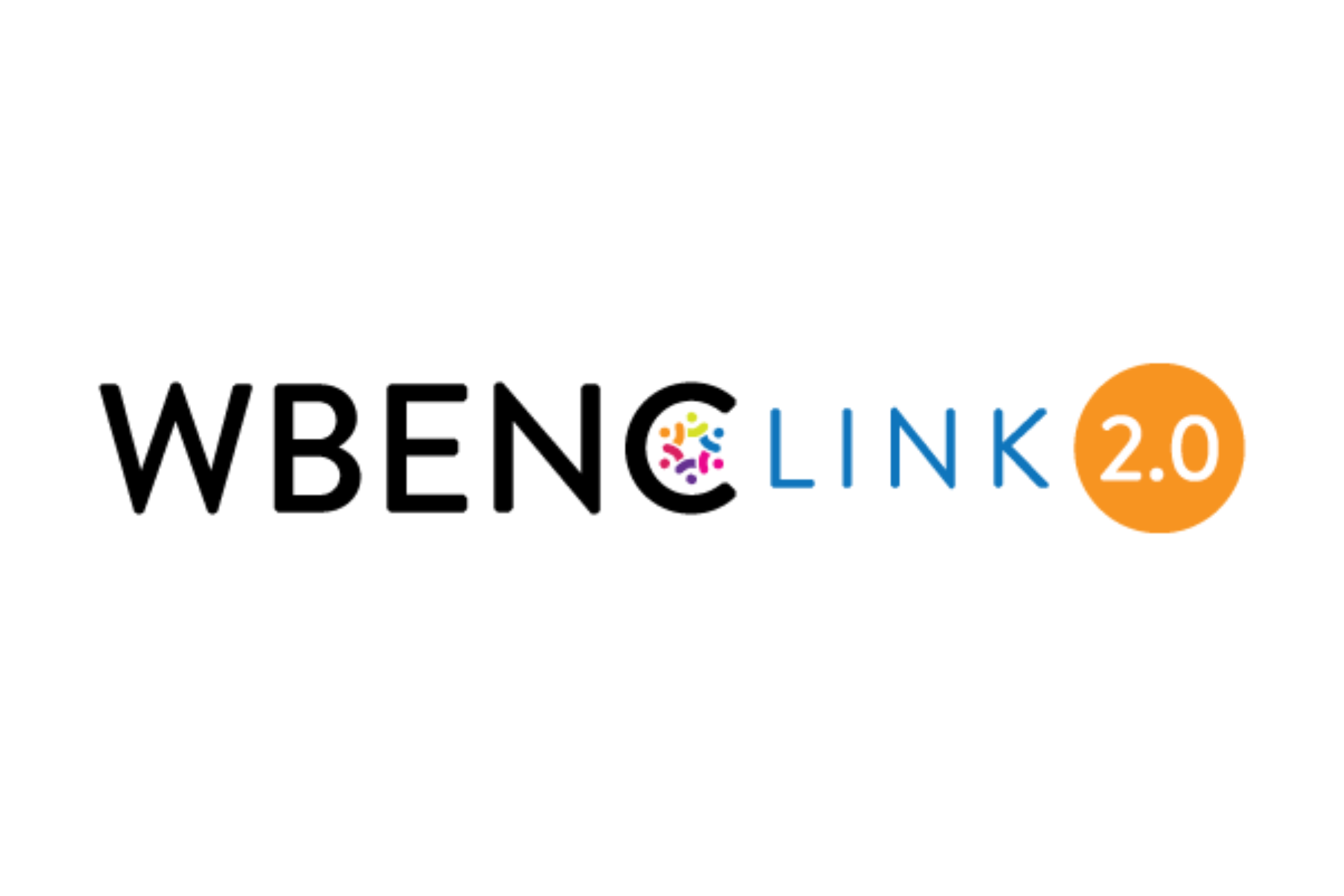The second session of our WBE Financial Readiness Series, “Risky Business: Do You Understand Your Risk?” brought to us by State Farm has officially wrapped!

This virtual session, led by risk assessment experts from State Farm procurement and information security teams, shared how WBEs can become more competitive and knowledgeable, by understanding the risk factors that can impact their business, as well as their potential clients, and the steps they can take as business owners to manage those risks.
Kicking off our session was Jacki Tracy, Administrative Services Procurement Category Manager with State Farm, who provided an initial overview of the sourcing and procurement processes for State Farm. Jacki detailed how procurement identifies suppliers that most successfully mitigate their own risk factors. This process begins by asking a series of wide-ranging questions to assess how your business manages risk, including how your business protects and stores company and client data, who your suppliers and subcontractors are, a disaster recovery process, and other additional factors. The sourcing process is the first step within a much wider risk assessment, so it is important to prepare before engaging in an RFP process.
Delving further into the risk evaluation process was Bryan Sheppard, an Information Security Executive with State Farm. Bryan began with examples of how we as individuals manage risk factors every day, whether it be locking our door when we leave the house, driving our car to work, or any number of “risky” activities that we all do, but take for granted. The purpose of these examples was to explain that while risk usually has a negative connotation, it is a reality of life.
When we understand our risk factors we can manage them. A large, but often overlooked aspect of risk in business is assessing the risk profile of your suppliers and customers to understand if your organizations are a good match for one another. There are risk factors related to finances, regulations, technologies, security, operational resilience, and more so the key to developing any successful partnership is to mitigate the risk, while understanding and accepting the other’s tolerance for risk, with Bryan noting that “if either side is out of balance, both will fail.”
Overall, risk is a relevant factor in the lives of every business. Understanding your company’s risk factors, as well as your tolerance for risk with your potential partners, will improve your competitiveness as a woman-owned supplier and assist you in finding the right partners and customers for your business.
During the session attendees asked about any reading or reference materials. The WBENC LIFT Team has pulled together a few publicly available references to help you get started. Please note that there are many different types of business risk, and they vary by industry. Not every risk type may be applicable to your business.
US Small Business Administration (SBA)
- 5 Best Risk Management Strategies
- Business Resilience Guide: Reducing Risks and Building on Strengths (sba.gov)
Harvard Business Review
US Chamber of Commerce
Do you understand how to embrace risk in your business?
Hear from Kimberly Bagwell, Supplier Diversity Program Analyst at State Farm, about her 3 tips when it comes to embracing risk as an opportunity for your business.
WBENC LIFT Financial Center of Excellence is an integrated education and funding program for women entrepreneurs to provide comprehensive financial support and resources, including education, coaching, networking and funding opportunities.







